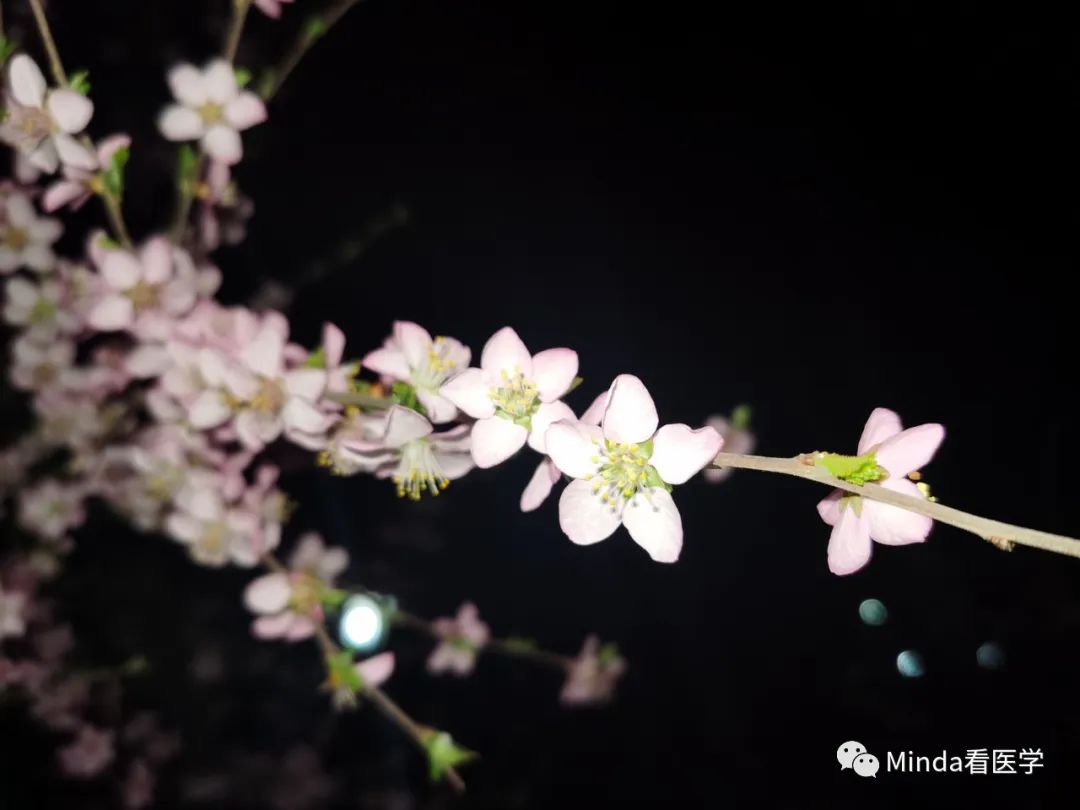Recently, there has been an increase in patients coming to my clinic for cupping therapy (zǒu guàn), which not only brings physical and mental comfort but can also become somewhat addictive. Naturally, patients have been inquiring about the precautions for cupping therapy. Although the effects are significant, it is not suitable for everyone.

Cupping therapy (zǒu guàn), also known as “pushing cupping” (tuī guàn fǎ) or “pulling cupping” (lā guàn fǎ), has a very broad range of applications, especially suitable for pain-related diseases, soft tissue injuries, acute and chronic inflammation, and various disorders of organ function. Clinically, it is used for over 100 diseases across internal medicine, surgery, gynecology, pediatrics, dermatology, and otorhinolaryngology.
The effects of cupping therapy include dispelling wind and dampness, warming the meridians and dispersing cold, invigorating blood circulation and resolving stasis, reducing swelling and alleviating pain, detoxifying and drawing out pus, promoting regeneration, warming yang and tonifying qi, and strengthening the body’s defenses. Research indicates that the mechanical and thermal effects of cupping can enhance blood circulation and metabolism, thereby regulating the nervous system, improving muscle and joint function, alleviating pain, and enhancing overall health, achieving therapeutic and preventive effects.
Indications for cupping therapy:
1. Internal medicine conditions: common influenza, cough, acute and chronic bronchitis, bronchial asthma, and other lung diseases; chronic gastrointestinal ulcers, chronic gastroenteritis, habitual constipation, and other gastrointestinal disorders; heat stroke, hypertension, facial nerve paralysis, tension headaches, trigeminal neuralgia, neurasthenia, post-stroke sequelae, urinary retention, urinary incontinence, and other internal medicine diseases.
2. Gynecological conditions: primary dysmenorrhea, irregular menstruation, amenorrhea, leukorrhea, pelvic inflammatory disease, menopausal syndrome, mastitis, etc.
3. Pediatric conditions: anorexia, diarrhea, indigestion, enuresis, whooping cough, epidemic mumps, etc.
4. Surgical conditions: abscesses, carbuncles, erysipelas, hemorrhoids, prolapse, insect and snake bites, etc.
5. Dermatological conditions: acne, eczema, urticaria, neurodermatitis, pruritus, vitiligo, herpes zoster, and it can also be used for beauty treatments.
6. Ear, nose, throat, and oral conditions: rhinitis, toothache, oral ulcers, chronic pharyngitis, tonsillitis, etc.
Contraindications for cupping therapy:
1. During high fever, convulsions, and spasm episodes;
2. Suffering from acute severe diseases (multiple organ failure), chronic systemic debilitating diseases (heart failure, severe emphysema), bleeding disorders such as leukemia, thrombocytopenic purpura, hemophilia, bone fractures, acute joint, ligament, tendon injuries, and contact infectious diseases.
3. Infants, pregnant women, and patients during menstruation should avoid cupping on the lumbar and abdominal areas, as well as the front and back of the genitals and breasts.
4. Cupping is prohibited on the five sensory orifices (eyes, ears, mouth, nose), areas with skin lesions, tuberculosis, malignant tumors, hernias, the apex of the heart, areas with large arterial pulsations, and varicose veins.
5. Those who are overly hungry, intoxicated, overly full, or excessively fatigued.
6. Individuals with mental disorders, during psychotic episodes, manic states, tetanus, rabies, or those unable to cooperate.
7. Some patients with a history of tumors may not pay attention to annual check-ups and may conceal their conditions from doctors; such patients should avoid cupping.
8. Patients who experience dizziness from cupping.
What items should you bring for cupping therapy at the hospital?
Considering safety and hygiene, I believe that if you are receiving treatment at a hospital, it is best to bring the following personal items for cupping therapy:
1. Lubricants: Hospitals often use glycerin and cooking oil, which are convenient and inexpensive. If you are concerned about the greasy smell of cooking oil and the lesser cosmetic effect of glycerin, you may bring some compound essential oils, preferably from reputable manufacturers. If you find it difficult to choose, I recommend using lavender essential oil or commercially available safflower oil. Based on various experiences with lubricants, I personally find that olive oil is absorbed too quickly, which can prolong treatment time; some lotions can be too greasy and may stick to the glass cups, making them hard to clean; glycerin has good fluidity but stays on the skin for a shorter time.
2. Glass cups: Although hospitals provide glass cups, they are shared medical instruments and reused. While doctors and nurses will clean them, a glass cup costs only a few dollars, so it is better to bring your own for peace of mind. Typically, 1-2 cups are used per treatment. I prefer using size 4 cups (outer diameter 6.6 cm, inner diameter 4.5 cm) and size 5 cups (outer diameter 7.0 cm, inner diameter 5.3 cm).
3. Sheets and tissues: Although hospital sheets are changed, they can get stained with lubricants and sometimes blood if bloodletting is performed. Cupping is often done on the back and legs, requiring the removal of undergarments, so it is advisable to use your own sheets for safety. It is also best to bring a pack of tissues to wipe off any remaining lubricant after cupping.
What to pay attention to after cupping therapy?
Cupping can cause the treated area to relax, with open pores and reddened skin. At this time, it is essential to observe the following precautions:
1. It is best not to shower, use a sauna, or soak in hot springs on the day of treatment.
2. Drink plenty of warm water and rest; avoid staying up late. Some patients may experience mild diarrhea, fatigue, and drowsiness, which is normal, so it is important to replenish fluids. If diarrhea is severe, accompanied by pale complexion, fatigue, dizziness, or low blood pressure, please seek medical attention promptly.
3. Avoid spicy and stimulating foods after treatment.
4. Do not excessively pursue the appearance of bruises after cupping, as repeated heavy cupping can cause local damage; limit treatments to once a week.

Included in the collection #Medical Science Popularization
Next articleSun Simiao’s Thirteen Ghost Points

